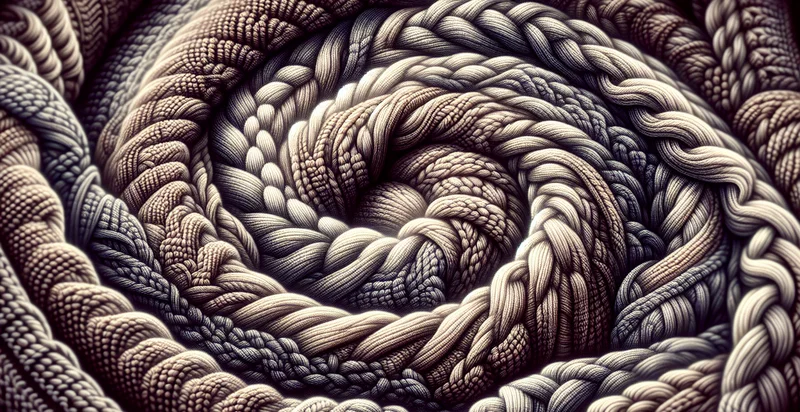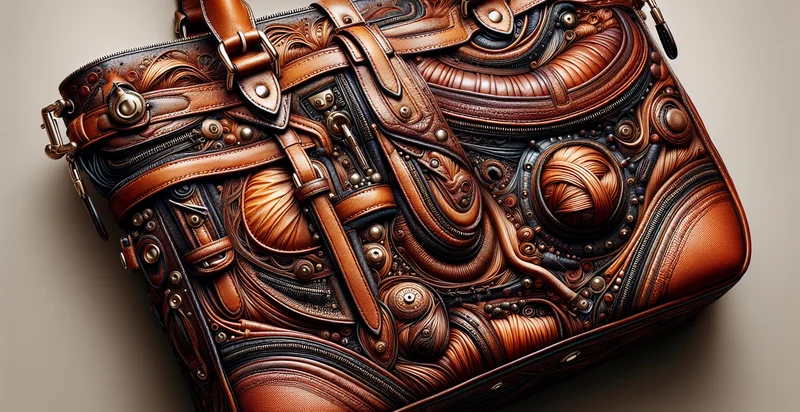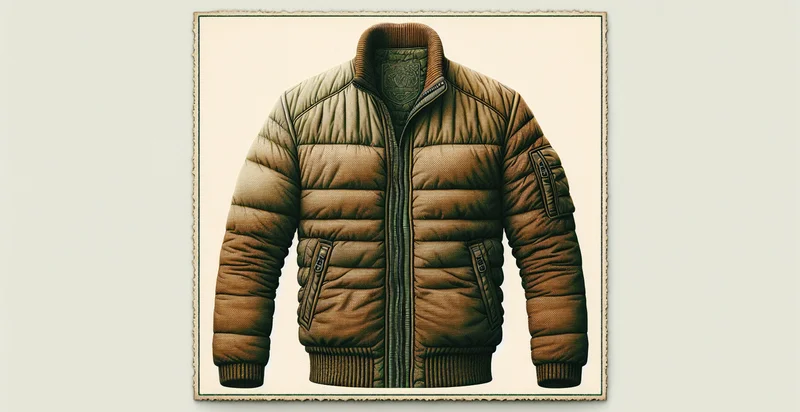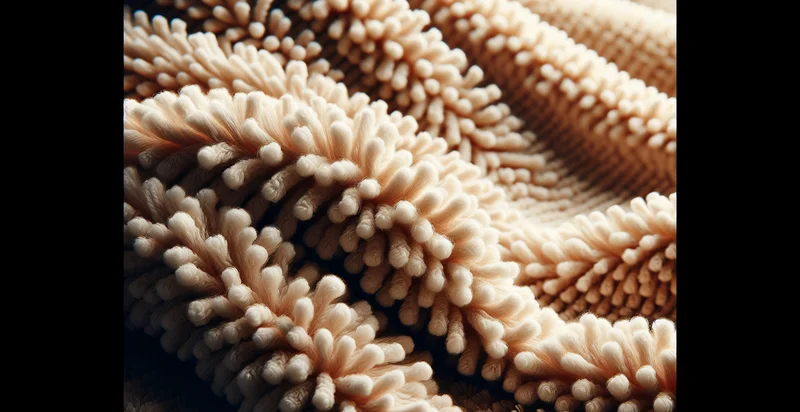Identify what material a scarf is made from
using AI
Below is a free classifier to identify what material a scarf is made from. Just upload your image, and our AI will predict what material a scarf is made from - in just seconds.

Contact us for API access
Or, use Nyckel to build highly-accurate custom classifiers in just minutes. No PhD required.
Get started
import nyckel
credentials = nyckel.Credentials("YOUR_CLIENT_ID", "YOUR_CLIENT_SECRET")
nyckel.invoke("what-material-a-scarf-is-made-from", "your_image_url", credentials)
fetch('https://www.nyckel.com/v1/functions/what-material-a-scarf-is-made-from/invoke', {
method: 'POST',
headers: {
'Authorization': 'Bearer ' + 'YOUR_BEARER_TOKEN',
'Content-Type': 'application/json',
},
body: JSON.stringify(
{"data": "your_image_url"}
)
})
.then(response => response.json())
.then(data => console.log(data));
curl -X POST \
-H "Content-Type: application/json" \
-H "Authorization: Bearer YOUR_BEARER_TOKEN" \
-d '{"data": "your_image_url"}' \
https://www.nyckel.com/v1/functions/what-material-a-scarf-is-made-from/invoke
How this classifier works
To start, upload your image. Our AI tool will then predict what material a scarf is made from.
This pretrained image model uses a Nyckel-created dataset and has 14 labels, including Acrylic, Alpaca, Bamboo, Cashmere, Cotton, Hemp, Linen, Mohair, Nylon and Polyester.
We'll also show a confidence score (the higher the number, the more confident the AI model is around what material a scarf is made from).
Whether you're just curious or building what material a scarf is made from detection into your application, we hope our classifier proves helpful.
Related Classifiers
Need to identify what material a scarf is made from at scale?
Get API or Zapier access to this classifier for free. It's perfect for:
- Retail Inventory Management: Retailers can utilize the scarf material identifier to streamline their inventory processes. By automatically classifying the materials of scarves in stock, they can enhance stocking accuracy and better manage supplier relationships based on material quality and availability.
- E-commerce Product Descriptions: Online retailers can enhance their product listings by integrating the material identifier into their content management system. This ensures that customers receive accurate information regarding the material composition of scarves, improving consumer trust and reducing return rates.
- Sustainable Fashion Initiatives: Brands focusing on sustainability can use the material classifier to promote eco-friendly options in their scarf offerings. By identifying and categorizing materials based on sustainability criteria, companies can better market their environmentally conscious scarves to the target audience.
- Custom Scarf Design Tools: Personalized scarf design platforms can incorporate the material identification function, allowing customers to select materials that match their preferences in real-time. This enhances the user experience by offering informed choices based on material properties, such as warmth and texture.
- Quality Control in Manufacturing: Scarves manufacturers can implement this function in their quality assurance processes. By having an automated system that confirms the material used in production aligns with the specified requirements, manufacturers can reduce defects and enhance product quality.
- Fashion Trends Analysis: Fashion shows and trend forecasting agencies can utilize the scarf material identifier to analyze material usage trends over seasons. By collecting data on different materials used in scarf designs, agencies can provide insights into consumer preferences and upcoming fashion trends.
- Educational Tools for Textile Students: Educational institutions offering courses in textile design can integrate the material identifier into their curriculum. This tool can serve as an interactive resource for students to learn about different materials, their characteristics, and applications in fashion design, enhancing their knowledge base in a practical manner.


